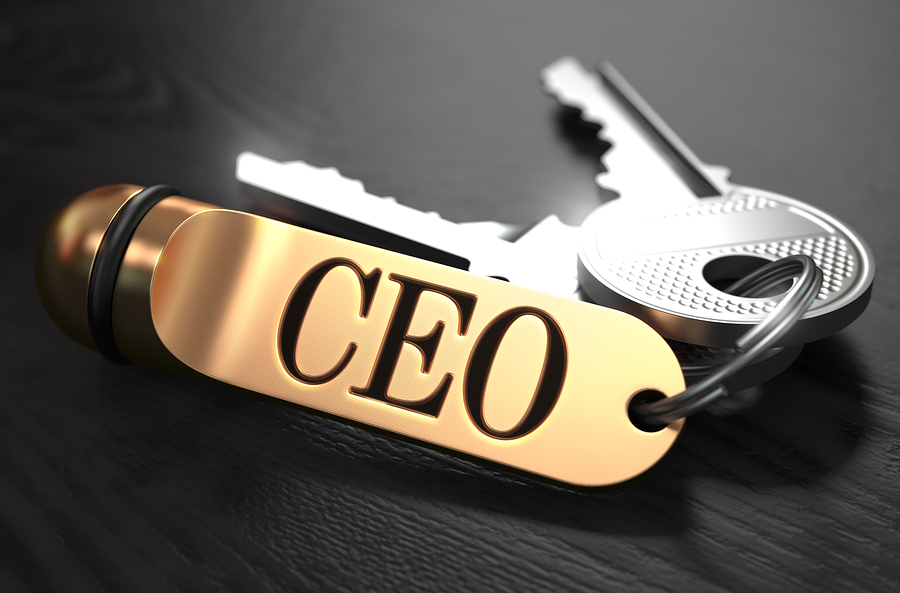THE WORLD’S #1 EXECUTIVE COACHING AND BUSINESS COACHING BLOG SINCE 2017.
6 CEOs Who Clearly Needed Leadership Coaching
January 14, 2016 | Category: Blog, Executive Coaching | Last updated on: August 17, 2022
Executives hire coaches for the same reason top athletes and opera singers do: to help them get better at what they do. Leadership coaching is no longer seen as something “remedial,” but a smart way for companies to help their investment in their CEO pay off. For CEOs themselves, leadership coaching offers help in stepping up to expanded roles, assistance with identifying and correcting weaknesses, and maintaining accountability in their new position. But not all CEOs care about coaching, or about how they’re perceived. They’re on top and appear to only care about what they can get while they can. Sometimes this approach fails spectacularly, and in an age where everything is broadcast on social media almost instantly, such disasters are less likely than ever to escape notice. Here are 6 CEOs who clearly needed leadership coaching.

Leadership coaching benefits CEOs, employees, and ultimately customers.
1. Ken Lay of Enron
After becoming Enron CEO in 1986 and presiding over phenomenal growth in the utility business, Ken Lay saw his company named “America’s Most Innovative Company” every year from 1996 to 2001. Unfortunately, hiding liabilities off the balance sheets and doctoring assets and earnings eventually caused Enron to crash that same year. Eventually found guilty of charges including securities fraud, Ken Lay died before he could be sentenced to prison time.
2. Bernard Ebbers of Worldcom
Now serving a prison term, Bernard Ebbers, former leader of Worldcom, built a major telecom company through a series of acquisitions. Some of his proposed acquisitions, like Sprint, raised questions from regulators and fell through. But with help from senior financial managers, Ebbers made Worldcom look richer than it was, and was eventually found guilty of nearly $4 billion in fraud, not long before Worldcom went bankrupt in 2002.
3. Leona Helmsley of Helmsley Hotels
Leona Helmsley had a reputation for terrorizing the people who worked for her. Though she and husband Harry Helmsley gave tens of millions of dollars to charities, including Weill Cornell Medical College, it wasn’t enough to make up for Helmsley’s reputation as “the queen of mean.” Eventually serving 21 months for tax evasion, she allegedly had employees carry out some of her community service work sentence for her.
4. Angelo Mozilo of Countrywide
By the booming mid-90s, Angelo Mozilo’s Countrywide repeatedly averted risk by reselling bundled loans as mortgage-backed securities. And when housing prices began to tank in 2008, the mortgage derivative market Mozila had helped create fell apart. Prior to that time, however, Mozilo had steadily sold off his shares in the company, profiting by nearly $300 million by the end of 2007, just prior to the real estate crash.

Some CEOs insist they have done nothing wrong despite evidence to the contrary.
5. Mike Jeffries of Abercrombie & Fitch
Under the watch of CEO Mike Jeffries, Abercrombie & Fitch went from being a venerated camping supply company to a clothing company for smug teenagers. Making it clear that the brand targeted cool, and not “fat” customers, Jeffries paid store employees poorly, causing massive resentment and terrible morale. Same-store sales steadily dropped quarter after quarter, and stock prices only saw gains starting December 8, 2014, when Jeffries stepped down as CEO.
6. Ursula M. Burns of Xerox
Ursula Burns spent five years as CEO of Xerox, during which time she earned around $13 million per year while staff salaries remained flat. Perhaps worried about festering employee resentment, Burns called the police before announcing nearly 200 layoffs in its facility in Cary, North Carolina due to “expecting trouble.” That was only a fraction of total layoffs, many of which were attributed to bad acquisitions during Burns’ tenure as CEO.
Substance Beats Style in an Information-Saturated World
The idea that someone who has made it to the top echelons of company leadership doesn’t need coaching is fading. We live in a time when a cat can have over a million followers on Twitter, so bad CEO behavior is more likely than ever to be called out. Leadership coaching can make the difference between a CEO people put up with because share prices go up and a CEO that employees would follow into battle.

